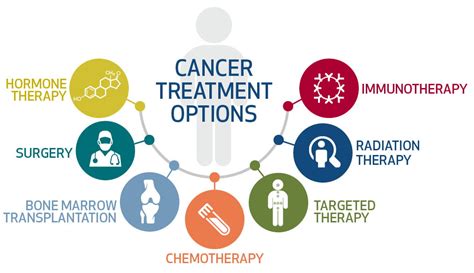Introduction

Cancer is a leading cause of death in pets, with an estimated 1 in 4 dogs and 1 in 5 cats developing the disease in their lifetime. However, advancements in veterinary medicine are giving pet owners new hope for treating and even curing cancer.
Types of Pet Cancer
Pet cancer can occur in any organ or tissue, but some types are more common than others. In dogs, the most common types of cancer include:
- Lymphoma
- Osteosarcoma
- Hemangiosarcoma
- Mast cell tumors
- Melanoma
In cats, the most common types of cancer include:
- Lymphoma
- Squamous cell carcinoma
- Mammary gland tumors
- Fibrosarcoma
- Adenocarcinoma
Symptoms of Pet Cancer
The symptoms of pet cancer can vary depending on the type and location of the tumor. However, some common signs include:
- Lumps or bumps
- Weight loss
- Decreased appetite
- Lethargy
- Vomiting or diarrhea
- Difficulty breathing
- Bleeding or discharge
Diagnosis of Pet Cancer
If your pet is showing any of the symptoms of cancer, it is important to take them to the veterinarian for a diagnosis. The veterinarian will perform a physical examination and may recommend additional tests, such as:
- Blood tests
- X-rays
- Ultrasound
- Biopsy
Treatment Options for Pet Cancer
The treatment options for pet cancer will depend on the type and stage of the cancer. Surgery, chemotherapy, and radiation therapy are the most common treatments.
- Surgery: Surgery is often the first line of treatment for pet cancer. The goal of surgery is to remove the tumor and any surrounding tissue that may be affected.
- Chemotherapy: Chemotherapy is a type of drug treatment that uses chemicals to kill cancer cells. Chemotherapy can be given orally, intravenously, or through a port that is surgically implanted in the pet’s body.
- Radiation therapy: Radiation therapy uses high-energy radiation to kill cancer cells. Radiation therapy can be given externally, through a machine that directs radiation beams at the tumor, or internally, through radioactive seeds that are implanted in or near the tumor.
Prognosis for Pet Cancer
The prognosis for pet cancer depends on the type and stage of the cancer, as well as the pet’s overall health. However, advances in veterinary medicine have improved the prognosis for many types of pet cancer.
Table 1: Prognosis for Common Pet Cancers
| Cancer Type | Prognosis |
|---|---|
| Lymphoma | 50-70% of dogs and cats survive 1 year or more with treatment |
| Osteosarcoma | 5-10% of dogs survive 1 year or more with treatment |
| Hemangiosarcoma | 6-12 months with treatment |
| Mast cell tumors | 70-90% of dogs survive 1 year or more with treatment |
| Melanoma | 50-60% of dogs survive 1 year or more with treatment |
Conclusion
Pet cancer is a serious disease, but it is important to remember that there is hope for treatment and even cure. Advances in veterinary medicine are giving pet owners new options for treating cancer and improving their pet’s quality of life.
10 Tips for Pet Owners
Here are 10 tips for pet owners who are dealing with pet cancer:
- Be informed. Learn as much as you can about pet cancer, including the different types, symptoms, and treatment options.
- Find a good veterinarian. Choose a veterinarian who is experienced in treating pet cancer and who will work with you to develop a treatment plan that is right for your pet.
- Be patient. Cancer treatment can be a long and difficult process, but it is important to be patient and supportive of your pet.
- Make your pet comfortable. Provide your pet with a comfortable place to rest, and make sure they have access to plenty of food and water.
- Follow your veterinarian’s instructions. It is important to follow your veterinarian’s instructions carefully, including giving your pet medication on time and attending all scheduled appointments.
- Be positive. A positive attitude can help your pet cope with cancer treatment.
- Spend time with your pet. Make sure to spend plenty of time with your pet, especially during their final days.
- Say goodbye. When it is time to say goodbye to your pet, do so in a loving and respectful way.
- Remember your pet. Cherish the memories of your pet, and keep their spirit alive in your heart.
- Help others. Share your story with other pet owners who are dealing with cancer, and let them know that there is hope.





















